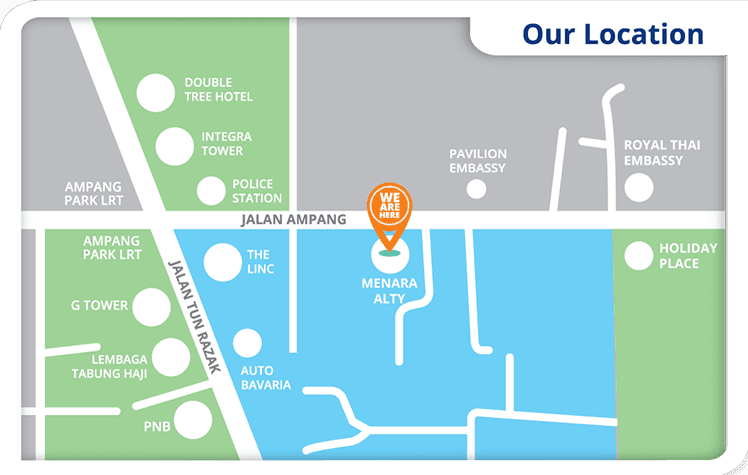What is DDD?
DDD or osteoarthritis in spine is a natural process that all people undergo as they age. Daily stresses and axial loads on the spine cause a loss of water in the disc which in turn leads to a loss of disc height. In a young, healthy person, water and the disc height are restored overnight. But as a person ages, it becomes more difficult for the disc to replenish itself.
These changes may eventually place pressure on the spinal cord and nerves, resulting in a variety of symptoms.
- Bony spurring (osteophytes)
- Decreased disc height (also known as degenerative disc disease, as the discs deteriorate over time and become less effective in absorbing impact)
- Loss of joint cartilage
- Thickening of bone
What are the causes of DDD?
DDD is a natural process which everyone will undergo, so we are more looking at the factors of accelerating the process instead of the cause.
There are factors that can accelerate this process:
- A history of lower back pain or injury to the spine
- Lifestyles involving large amounts of repetitive lifting, bending, twisting or vibrations.
For this reason, DDD is more prevalent in men, who more often have jobs require such motions: construction workers, truck drivers, jackhammer operators, etc.
In some, genetic factors may play a role.
What are the symptoms of DDD?
Minor degeneration may cause few or no symptoms. As the condition progresses, the following may occur:
- General lower back stiffness
- Loss of spinal movement
- Lower back pain
With severe degeneration involving spinal cord or nerve compression, the following may occur:
- Pain
- 'Pins and needles' feeling in the upper limb or lower limb
- Weakness or numbness in the lower back, buttocks, groin, legs or feet
Symptoms may worsen during activities that continuously straighten the spine or put weight on the spine like lifting, prolonged sitting and standing or walking. Symptoms usually ease during activities that take weight off it (lying down) and changing posture.
How is DDD diagnosed?
If a patient is suspected to has degenerative disc disease, a physical examination and order spine imaging studies will be conducted. Magnetic resonance imaging (MRI), X-ray, and computed tomography (CT) scans are often used to diagnose degenerative disc disease.
How is DDD treated?
Physiotherapy treatment for patients with spinal degeneration is important to help with pain relief and to improve flexibility and strength. Treatment may include:
- Conservative treatment : examples
- Rest
- Physical therapy
- Weight management
- Epidural injection / nerve blocks
- Change in lifestyle and better ergonomics
- Dry needling (a type of acupuncture)
- Exercises to improve flexibility, strength and core stability
- Hydrotherapy (exercises in water)
- Medications for pain relief, anti-inflammatory agents, muscle relaxants
- Laser discectomy / radiofrequency ablation of painful areas
- Traction (physiotherapist applies force to spine to relieve pressure)
- Surgical treatment
- Decompression by removal of bone or soft tissue putting pressure onto the nerve/spinal cord and stabilization of the spine
- Disc replacement surgery
What are the complications?
Degenerative disc disease can lead to bulging or protrusion of the disc as well as bone spur (osteophyte) formation. In this situation, the discs that provide cushioning between the vertebrae have deteriorated, leading to stiffness and pain.
While it may seem that rest will relieve the pain, lack of mobility may cause the pain to worsen, decrease muscle tone and reduce flexibility. This, in turn, increases the risk for blood clots in the legs and even depression.
 +6012-637 7646
+6012-637 7646 

